Common name: Natterer’s bat
Scientific name: Myotis nattereri
Family: Vespertilionidae
Habitat: deciduous woodland, farmland, over sheltered water
Diet: midges, moths, crane flies, beetles, spiders
Predators: barn owls
Origin: native
Foliage foragers and cave-dwelling contortionists, these ‘red-armed bats’ are expert hunters and can squeeze themselves into the tightest of spaces.
Common name: Natterer’s bat
Scientific name: Myotis nattereri
Family: Vespertilionidae
Habitat: deciduous woodland, farmland, over sheltered water
Diet: midges, moths, crane flies, beetles, spiders
Predators: barn owls
Origin: native
Medium in size, the Natterer’s bat has a pink face with long, slightly curved ears. It has pale brown-grey fur on its back and white fur on its belly.
This bat has a wingspan of 24–30cm. It has pinkish limbs that are clearly visible through its pointed wings, earning it the name the ‘red-armed bat’. Its tail has short, stiff bristles along the membrane.
Natterer’s bats feed predominantly on midges, small moths and crane flies. They hunt for these at night, often over water, using echolocation (a biological sonar). They also feast on beetles and spiders, taking them directly from vegetation low down among trees. Larger prey may occasionally be taken to a feeding perch.
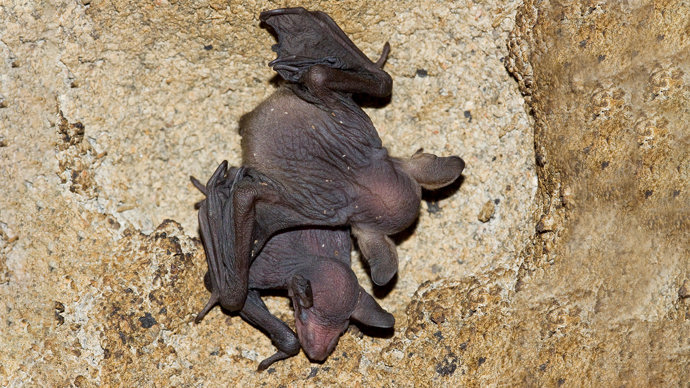
Credit: AGAMI Photo Agency / Alamy Stock Photo
Breeding takes place in autumn and occasionally winter, with maternity colonies being formed during the summer. These groups usually roost in cracks and crevices in old buildings, such as castles and churches. Usually, a single pup is born in June or July, and is weaned after six weeks.
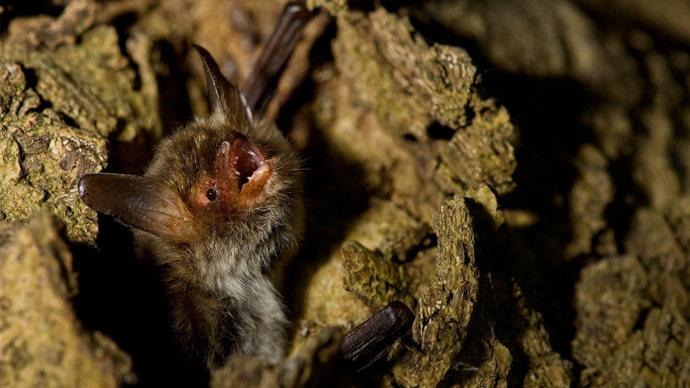
Credit: Rene Janssen / Alamy Stock Photo
Natterer’s bats hibernate during the winter. They squeeze themselves into tight cracks and rock crevices, often in caves, mines and other underground shelters. Most bats will be in full hibernation by December and begin to re-emerge around April.
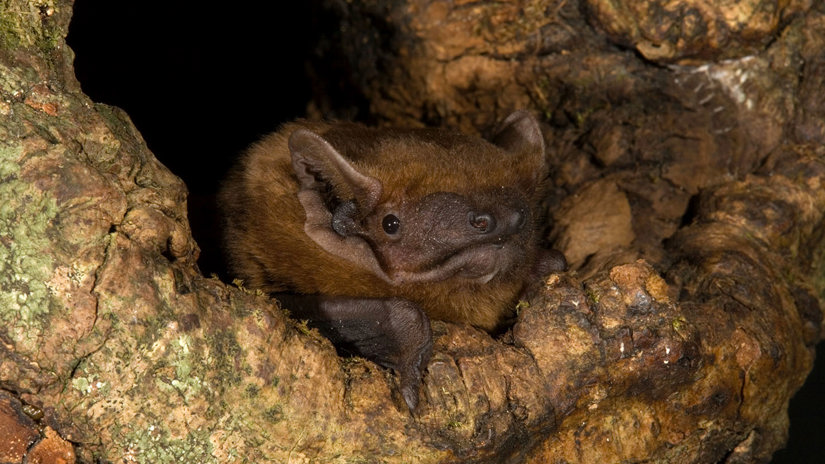
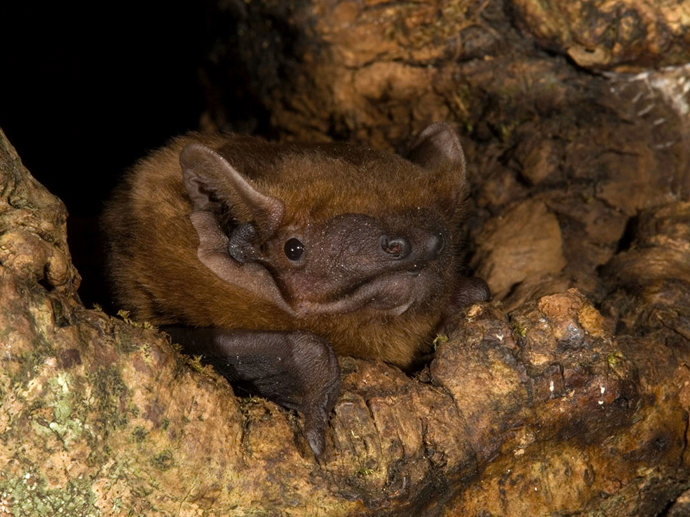
Joe Bates • 03 Dec 2018
What do British bats do when winter is coming? Find out more about six UK bat species and what you can do to help them.
Natterer's bats often roost in the strangest of positions – some have even been known to lie on their heads!
Natterer’s bats are found in deciduous woodland and parkland, particularly areas close to water.
The best time to spot the Natterer’s bat is at night, when it is out using echolocation to find its prey. These bats are very quiet, so chances of hearing them are slim; however, they do have a slow to medium flight so you might just catch a glimpse of their white belly as they fly overhead.
Natterer's bats are not so-called for the sounds they make – they are actually named in honour of the 19th-century Austrian naturalist Johann Natterer.
Natterer’s bats are widespread across the UK, but not as common as some other bat species, such as the soprano and common pipistrelle. They are threatened by the loss of roost sites due to barn conversions and older buildings being destroyed.
All species of bats in the UK are protected by law, which means it is illegal to disturb, injure or kill them.
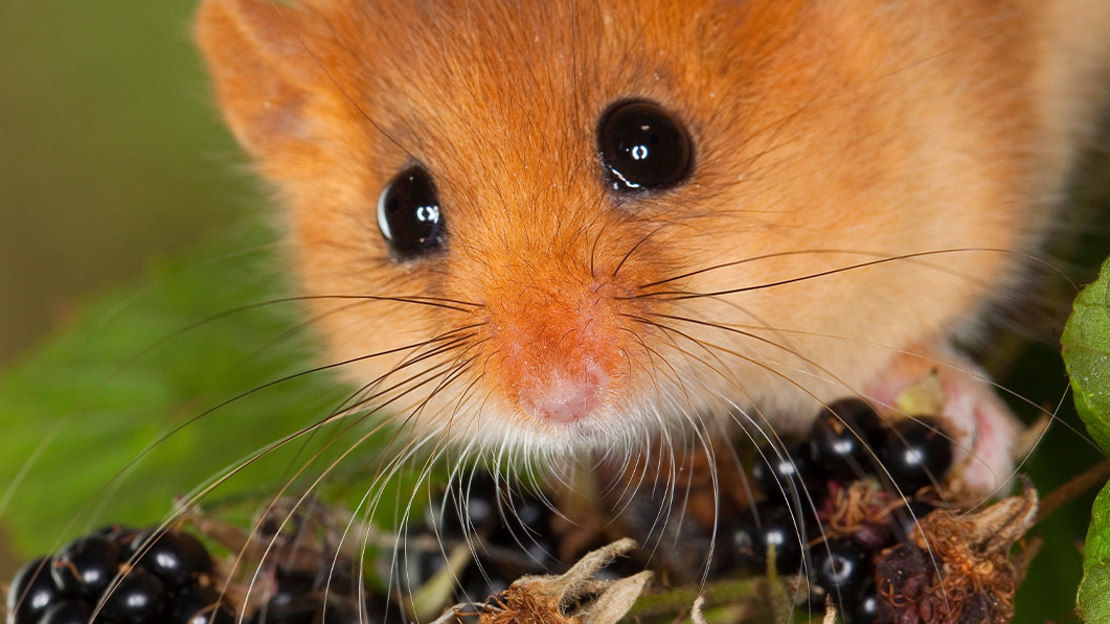
Woodland wildlife is fading before our eyes. Please support our appeal to save rare and threatened species.
Donate now